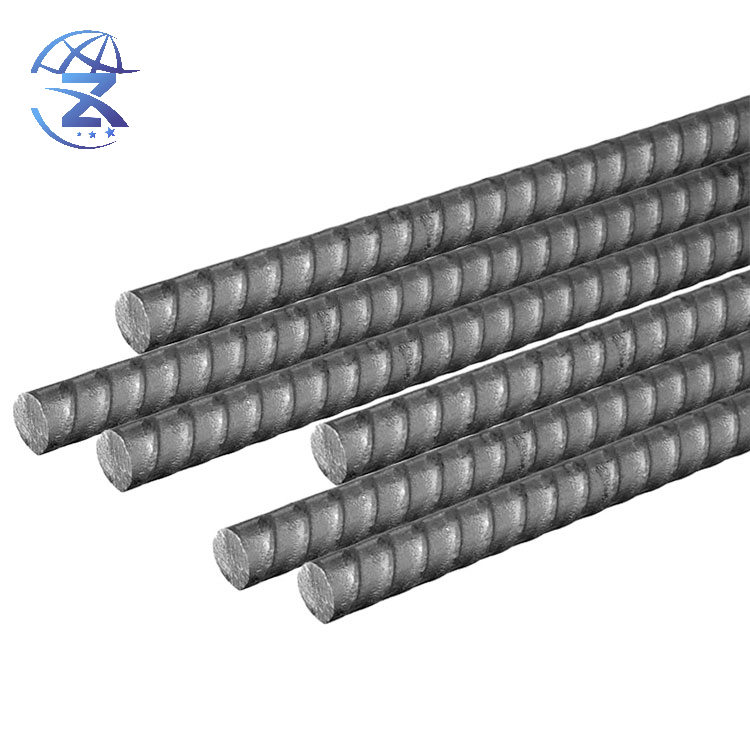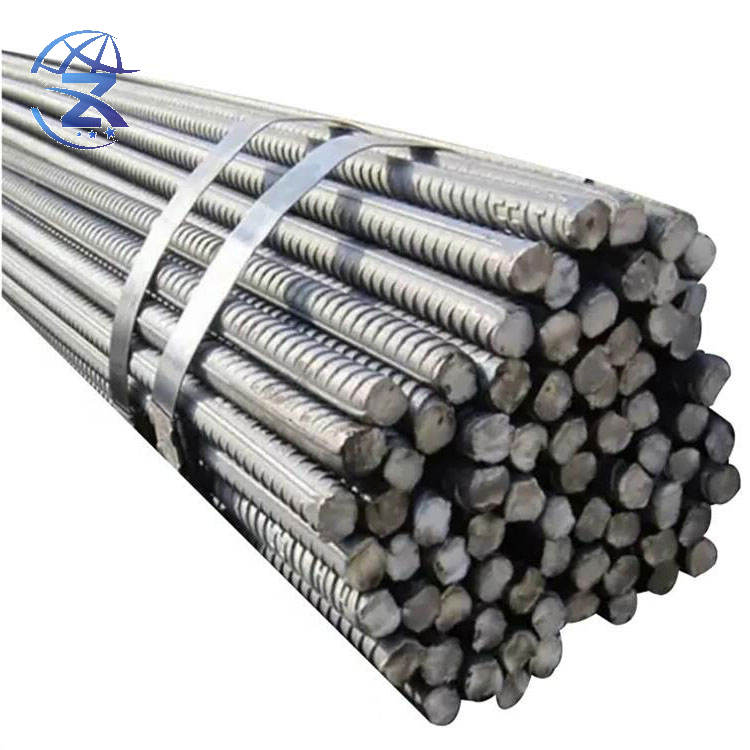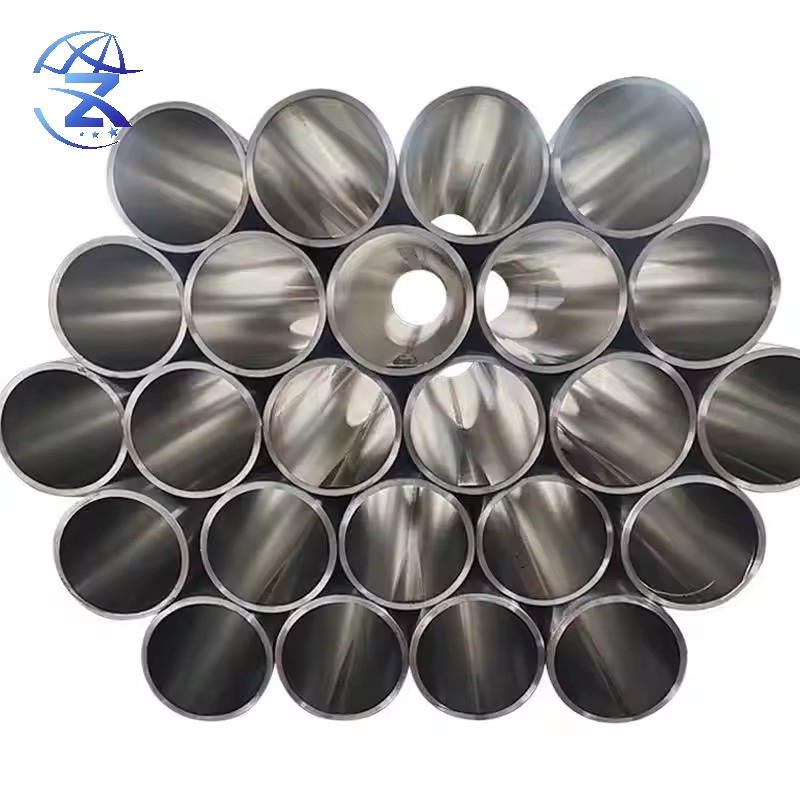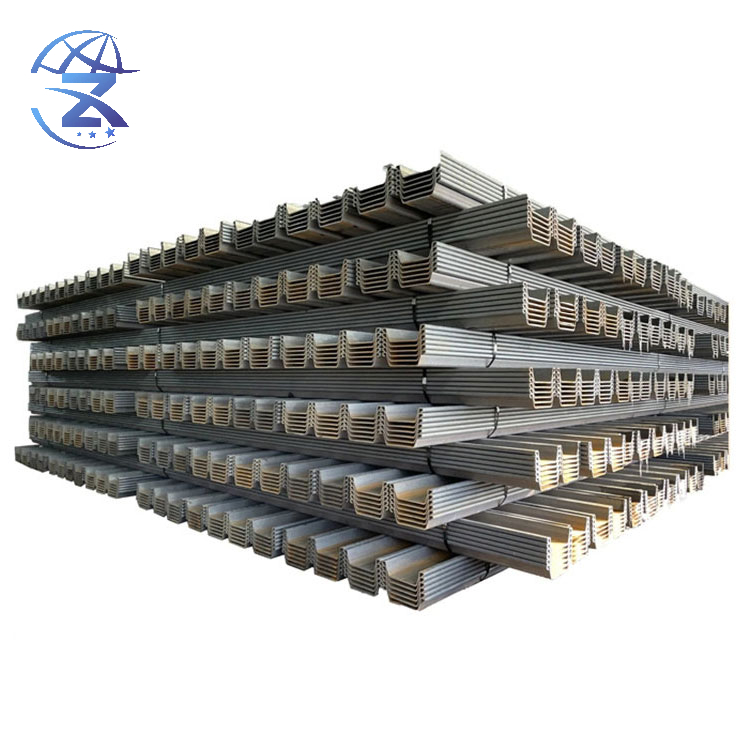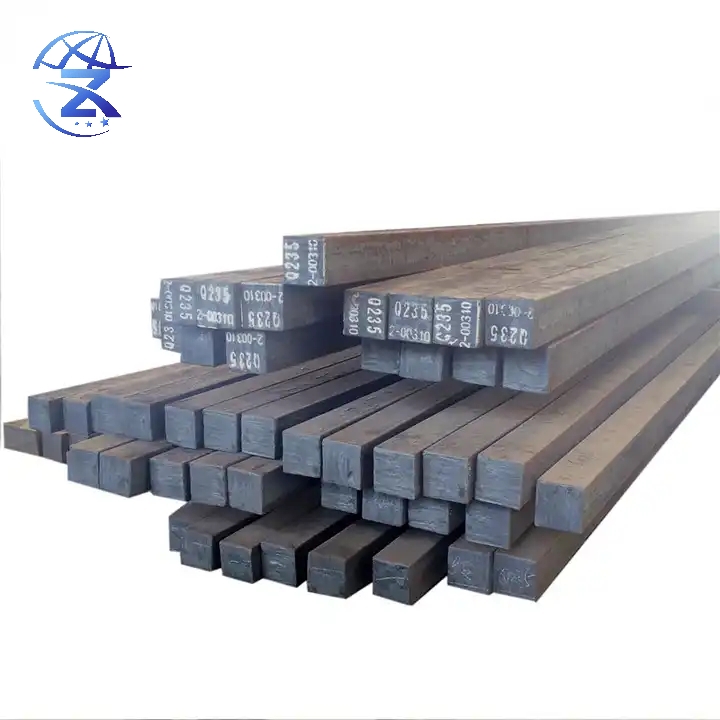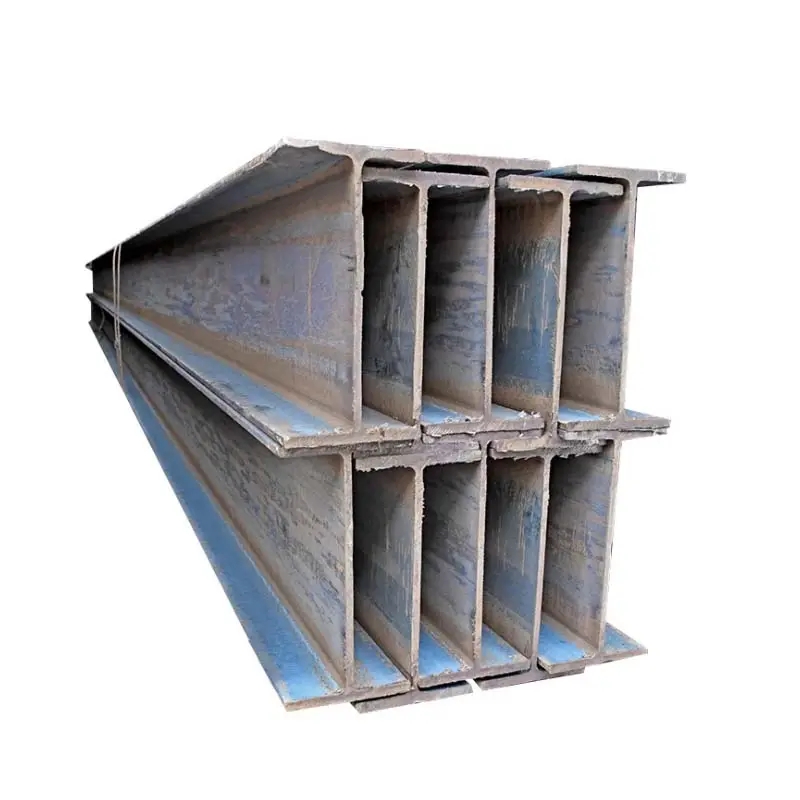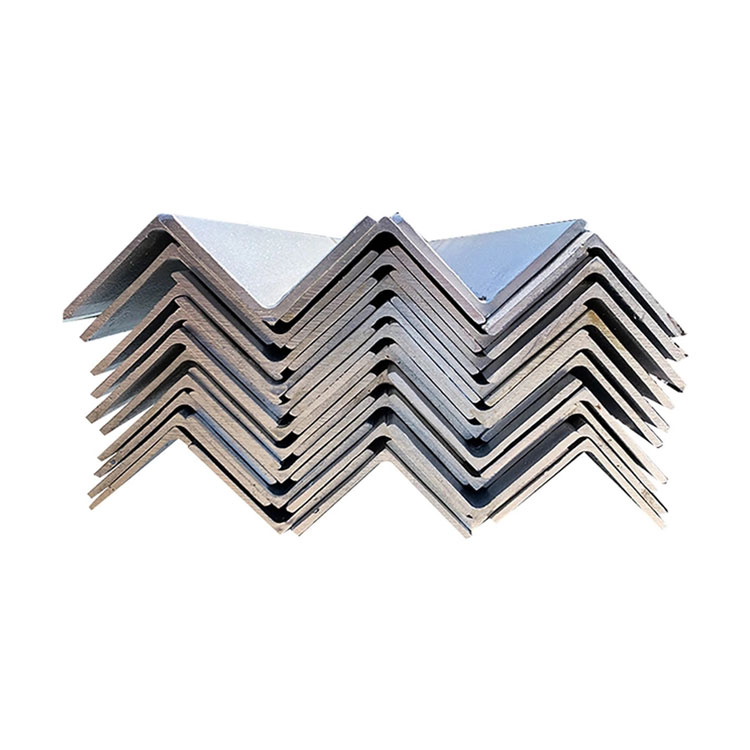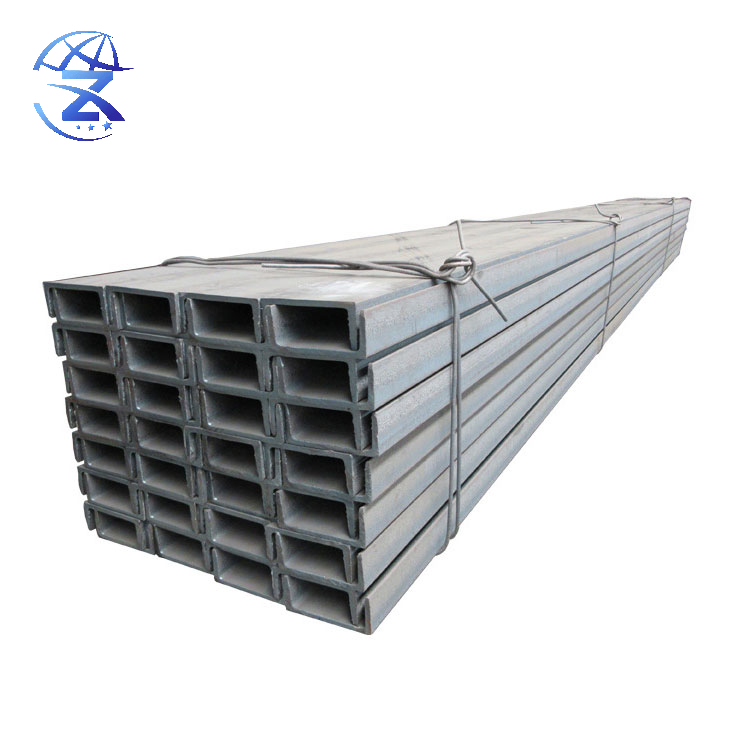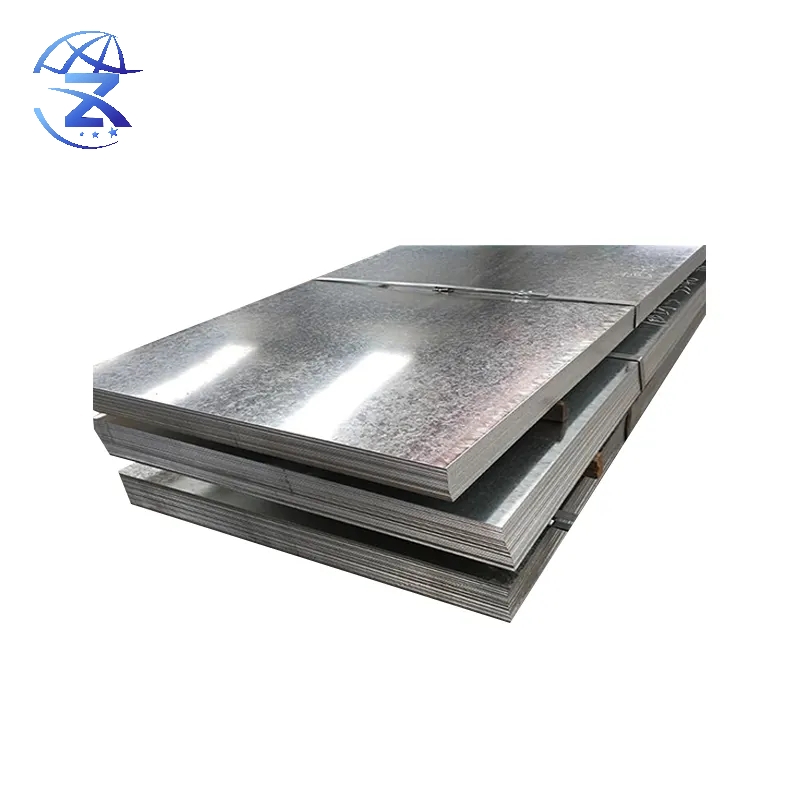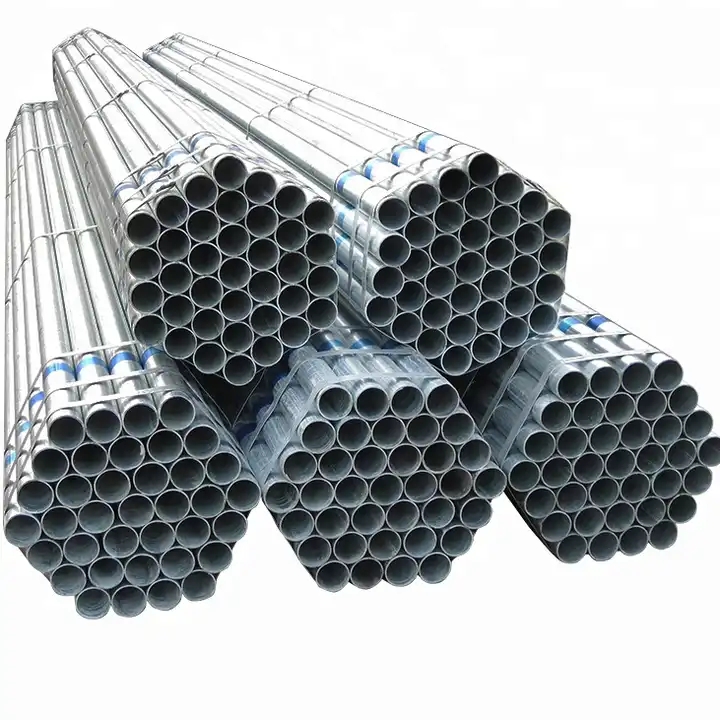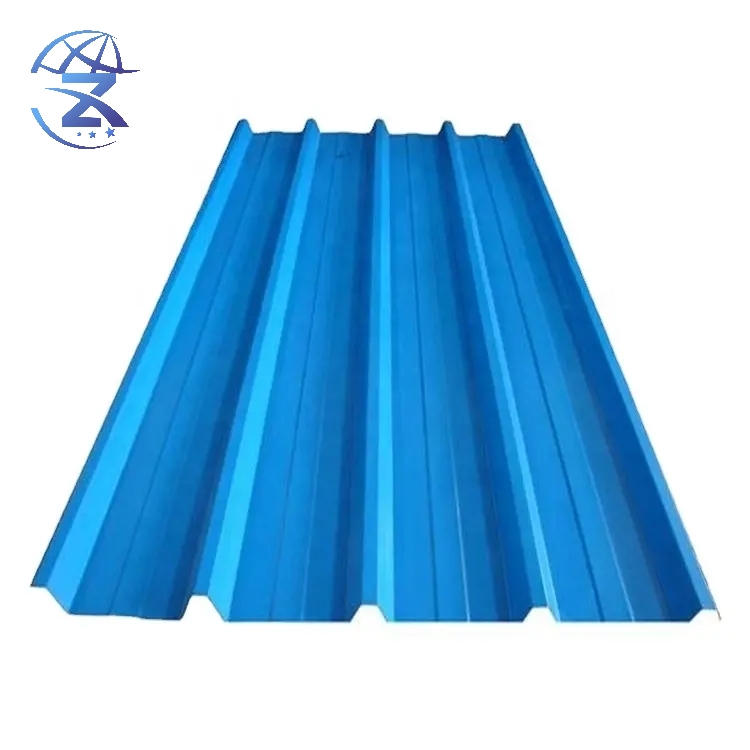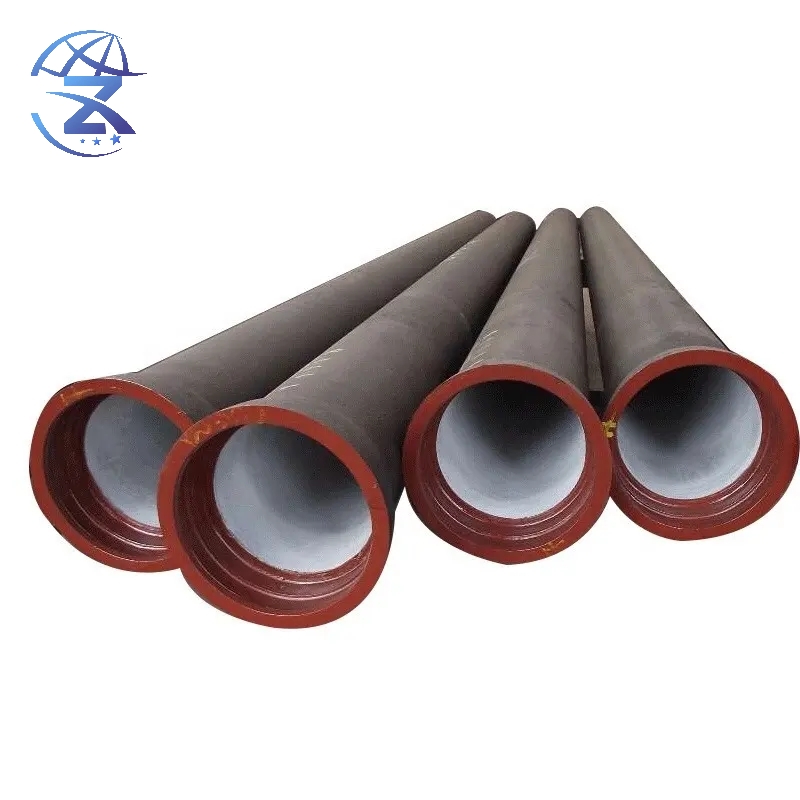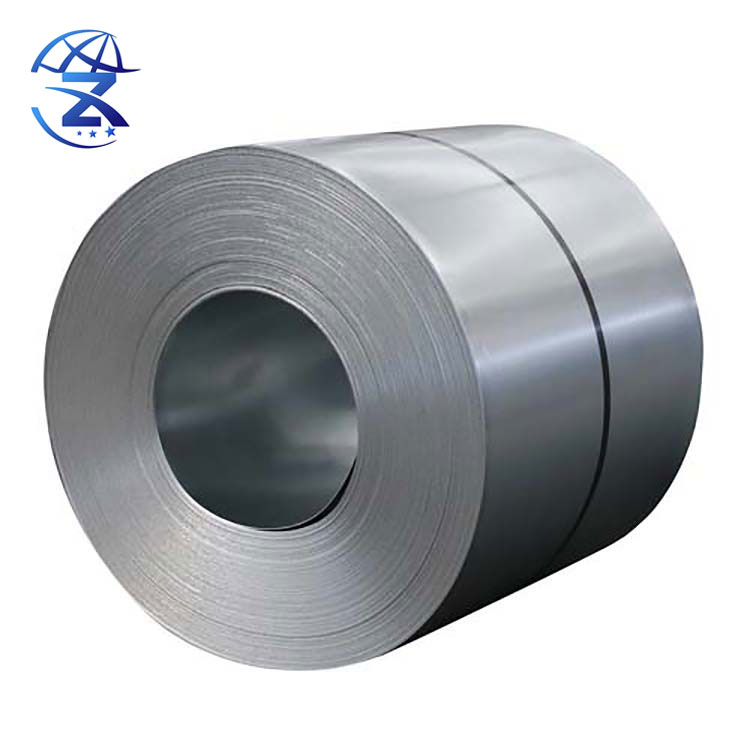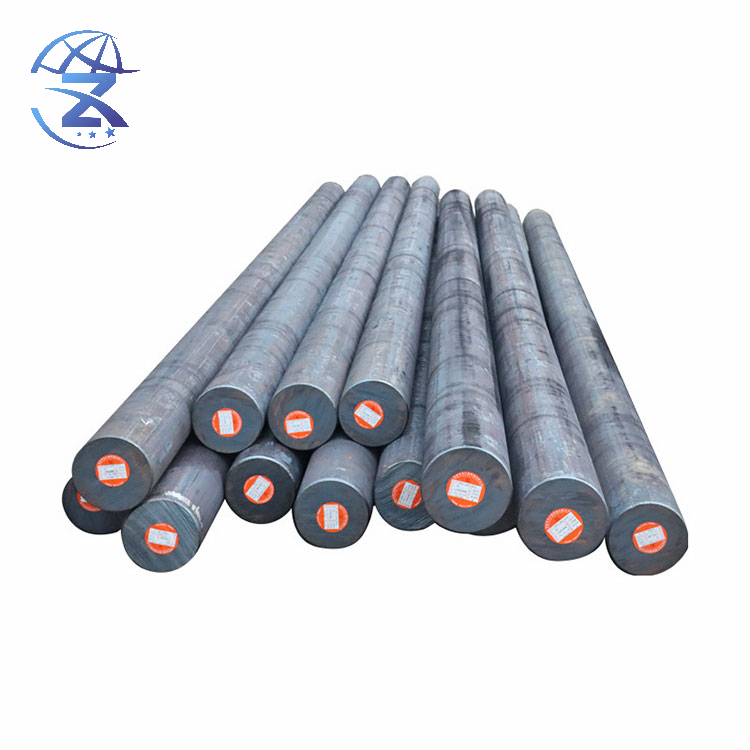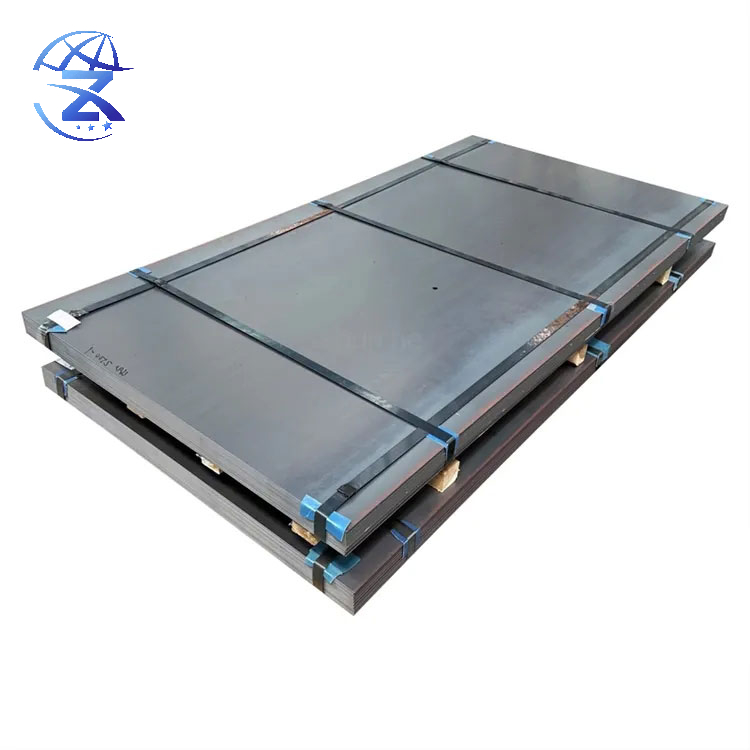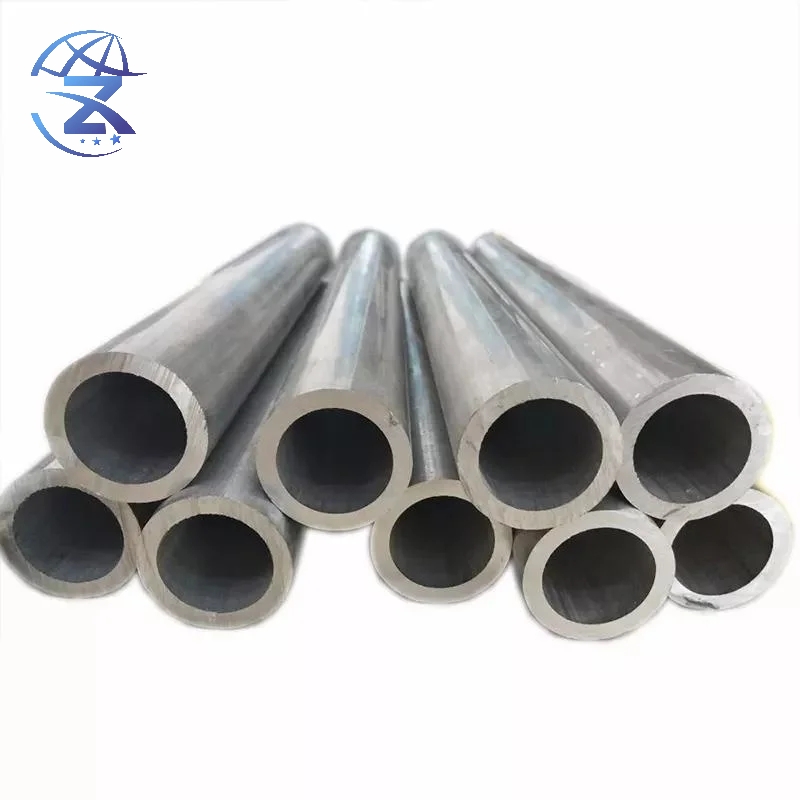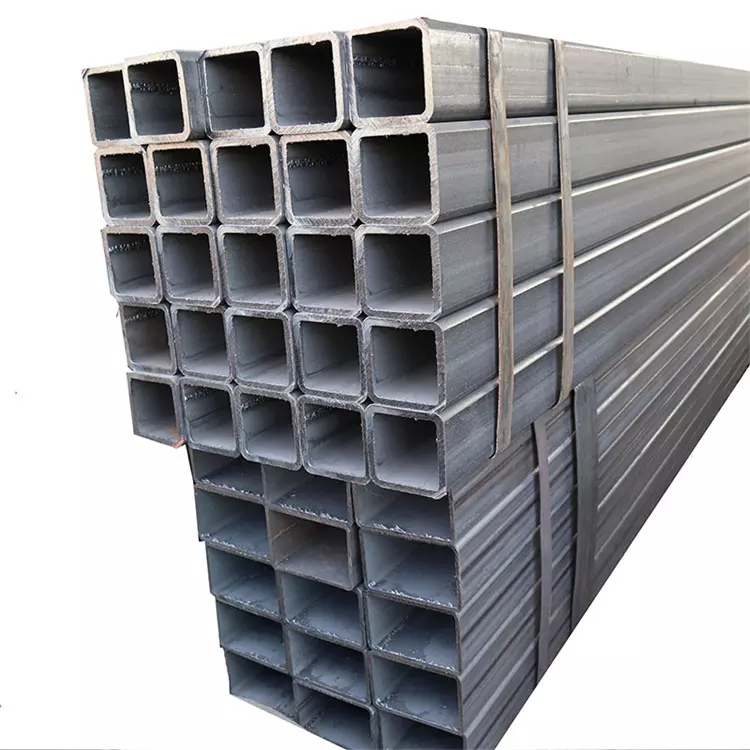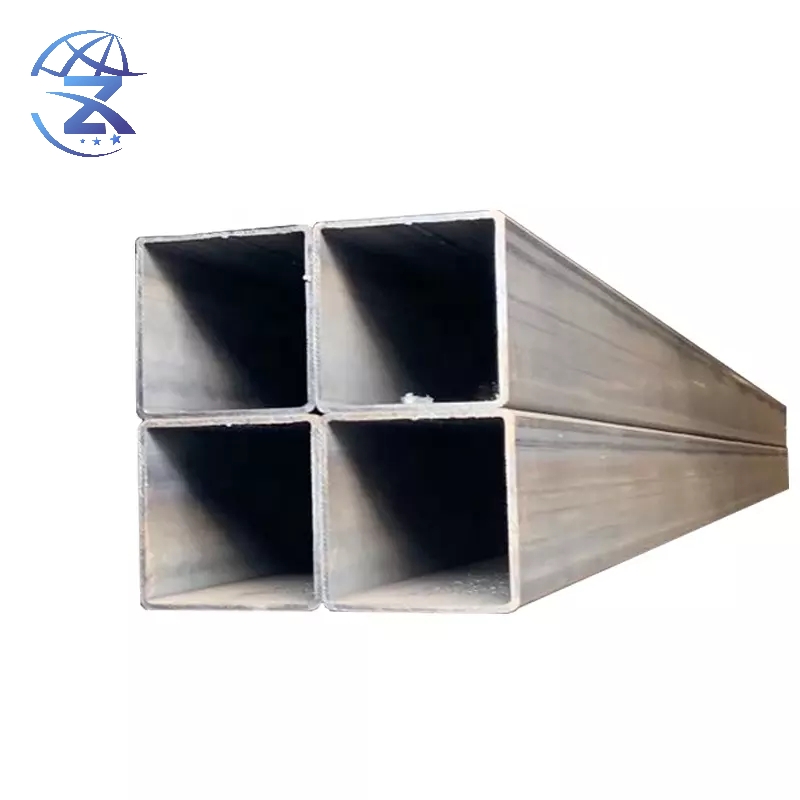PRODUCTS
PRODUCTS
MESSAGE
CONTACT US

Ms.Monica
Zhongxi (Shandong) Metal Technology Co., Ltd.


Product Description
Product Display
Rebar is not typically visible in concrete structures because it is usually buried within the concrete structure. It is almost always made of steel because steel has thermal expansion properties like concrete which reduces temperature change issues. Rebar is usually not smooth, it is made with ribs to prevent slippage within the concrete structure.

How is rebar made?
Rebar is almost always made from steel, which has excellent tensile properties relative to concrete. Interestingly, it is commonly made from recycled steel such as old cars, appliances, and machinery that are melted down with electric arc furnaces, cooled in the form of billets, and then stored. Once the billets are ready to be used for making rebar, they are reheated to an elevated temperature (but below their melting temperature) and are fed rapidly through a series of extrusion tools. The different stages of extrusion tooling continue to neck down the steel billet into smaller and smaller diameter rods until the desired rebar diameter is achieved. A set of tooling creates the deformations needed to prevent slippage within the concrete. The rebar is then sheared to the desired length.
How does rebar work?
The tensile strength of the steel rebar complements the compressive strength of concrete to create structures that have a blend of both types of strength. This reduces the risk of fractures and allows the structure to better withstand movements and forces that might otherwise cause a concrete structure to fail.
Rebar is often laid in a grid pattern. This means that different segments of rebar are placed parallel and perpendicular to one another so that it can withstand tensile forces from many directions. The deformations on the exterior of the rebar ensure that the rebar does not slip out of the concrete structure. Sometimes rebar is bent at the ends to further anchor it in place within a concrete structure.
Applications
Rebar is used in most concrete structures. Common examples include:
High-rise buildings
Parking ramps
Concrete piers
Bridges
Foundations
Thick roads and driveways
Product Inventory
We are a professional steel dealer. With the support of the most professional steel manufacturers and a large number of customers, we can not only provide you with ordinary steel but also help you find very personalized steels, such as special steel grades, Special sizes, special craft shapes.

Packaging and Shipping
We adopt standard export shipping packaging and bundles steel strips according to the size of the rebar. According to our delivery experience, a 20-foot container can hold 22 tons of carbon steel, and a 40-foot container can hold 25 tons of carbon steel. For larger orders, we use bulk vessels to transport you, and the price is cheaper. Also, we can customize the packaging according to the needs of customers.
Container size
20ft STANDARD: 5895mm(Length)x2350mm(Width)x2392mm(High)
40ft STANDARD: 12029mm(Length)x2350mm(Width)x2392mm(High)
40ft HIGH-CUBE:12024mm(Length)x2350mm(Width)x2697mm(High

Online Consultation
Related Products
Leave A Message
If you are interested in our products and want to know more details, please leave a message here, we will reply you as soon as we can.

